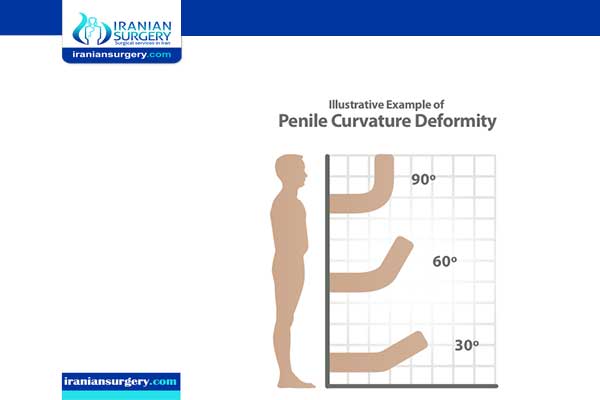Penile Curvature Deformity

What is congenital penile curvature?
Congenital penile curvature, also known as “chordee,” is a condition that’s present at a boy’s birth. Parents may notice curvature early in their baby’s life during diapering and dressing. Some boys don’t discover the problem until after they have gone through puberty and noticed the curvature themselves. The curvature is usually noticed only with erections.
Is a curved penis normal?
Some degree of curving can be seen in a normal penis. In many cases, the penis can curve slightly to the left or right when it is erect. A curved penis becomes a problem when it causes pain and/or prevents a man from having intercourse.

Read more about : Chordee
Read more about : Peyronie’s disease Natural Treatment
Read more about : Penile Torsion
Read more about : Penile implant
How is congenital penile curvature different from Peyronie’s disease?
Congenital penile curvature doesn't involve scar tissue in the elastic coverings of the erectile chambers, as is the case with Peyronie’s disease. Congenital penile curvature usually involves a downward curve or lateral curve or a combination of both. Over time, the condition of congenital penile curvature won't change.
What causes congenital penile curvature?
The cause of congenital penile curvature is not known, but thought to be related to unequal growth of the erectile chambers on two opposite sites.
How is congenital penile curvature treated?
Treatment is not needed unless a man finds that the condition interferes with his life or prevents him from having satisfactory sexual intercourse. In such cases, surgery is typically indicated to correct the curvature.
Source:
. https://my.clevelandclinic.org/health/diseases/15952-congenital-penile-curvature#symptoms-and-causes

